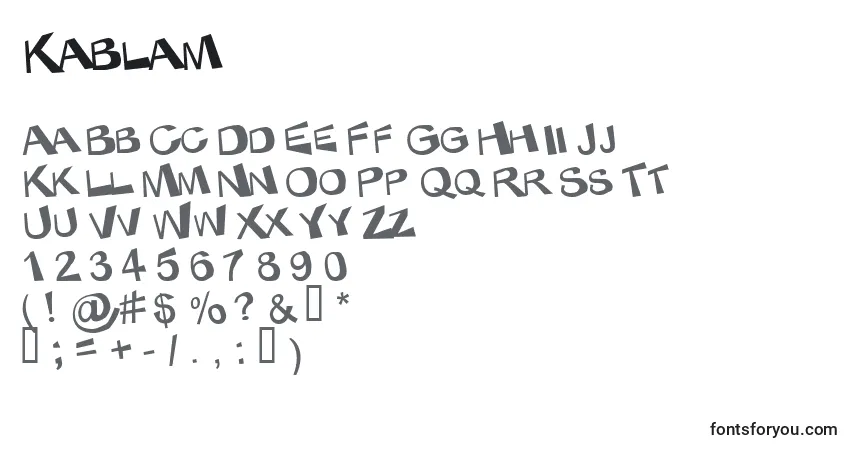Bookings - simon@disk-agency.de me- kablamkablamkablam@gmail.com. OS: Microsoft Windows 8 (64-bit) / Mac OS X 10.13 or higher: Microsoft Windows 10 (64-bit) / Mac OS X 10.15 or higher: Processor: Intel Core i5-3330 or AMD A10 5700: Intel Core i7-9700 or AMD Ryzen 5 3600: Memory: 8GB RAM: 16GB RAM: Graphics: NVIDIA GeForce GTX 650 / AMD Radeon HD 7750 (1GB VRAM) NVIDIA GeForce GTX 1060 / AMD Radeon RX 580 (6GB.
Back up with Time Machine
Automatically back up all your files with Time Machine, which is built in to your Mac, or choose another backup method.
Create a backupStore files in iCloud
You can also use iCloud and iCloud Drive to store files, such as your photos, documents, and music.
Set up iCloud and iCloud DriveRestore your Mac from a backup
When you have a backup, you can use it to restore your files at any time, including after the original files are deleted from your Mac.
Restore from a backupPrepare your Mac for service
Making a backup is an important part of preparing your Mac for service, especially because some types of repair might require erasing or replacing your hard drive.
Get your Mac ready for service
How much space do I need for a backup?
To see the size of a specific file or folder, click it once and then press Command-I. To see storage information about your Mac, click the Apple menu in the top-left of your screen. Choose About This Mac and click the Storage tab. For Time Machine backups, it's good to use a drive that has at least twice the storage capacity of your Mac.
Free up storage on your Mac
macOS can save space by storing your content in the cloud. This isn't a backup, but it includes new tools to make it easier to find and remove large or unwanted files before you make a backup.
Use Optimized Storage in macOSErase or format a storage device
You can use Disk Utility if you need to erase or format a storage device.
Learn how to use Disk UtilityHave a question?
Ask everyone. Our Apple Support Community can help you find answers.
Ask the Apple Support CommunityTell us how we can help
Answer a few questions and we'll help you find a solution.
Get SupportIt was two decades ago to the day—March 24, 2001—that Mac OS X first became available to users the world over. We're not always big on empty sentimentality here at Ars, but the milestone seemed worthy of a quick note.
Of course, Mac OS X (or macOS 10 as it was later known) didn't quite survive to its 20th birthday; last year's macOS Big Sur update brought the version number up to 11, ending the reign of X.
Mac Os Download
But despite its double life on x86 and ARM processors and its increasingly close ties to iOS and iPadOS, today's macOS is still very much a direct descendant of that original Mac OS X release. Mac OS X, in turn, evolved in part from Steve Jobs' NeXT operating system—which had recently been acquired by Apple—and its launch was the harbinger of the second Jobs era at Apple.
Cheetah, Mac OS X's initial release, was pretty buggy. But it introduced a number of things that are still present in the operating system today. Those included the dock, which—despite some refinements and added features—is still fundamentally the same now as it ever was, as well as the modern version of Finder. And while macOS has seen a number of UI and design tweaks that have changed over time, the footprints of Cheetah's much-hyped Aqua interface can still be found all over Big Sur.
AdvertisementOS X brought many new features and technologies we now take for granted, too. For example, it enabled Apple's laptops to wake up from sleep immediately, and it introduced dynamic memory management, among other things.
Mac OS X's greatest impact in retrospect may be in the role it had in inspiring and propping up iOS, which has far surpassed macOS as Apple's most widely used operating system. And indeed, macOS lives in a very different context today than it did in 2001. It was recently bumped from the No.2 operating system spot globally by Google's Chrome OS, ending a very long run for Mac OS as the world's second-most popular desktop operating system in terms of units shipped.
Kablam Mac Os X
The most popular desktop operating system in 2021 is Windows, just as it was in 2001, but the most popular OS overall is Google's Android, which has dramatically larger market share in the mobile space than iOS does.So while Mac OS X's influence is profound, it exists today primarily as a support for iOS, which is also itself not the most popular OS in its category. Despite Apple's resounding success in the second Steve Jobs era, as well as in the recent Tim Cook era, the Mac is still a relatively niche platform—beloved by some, but skipped by much of the mainstream.
Mac Os Versions
After 20 years, a lot has changed, but a whole lot has stayed the same.